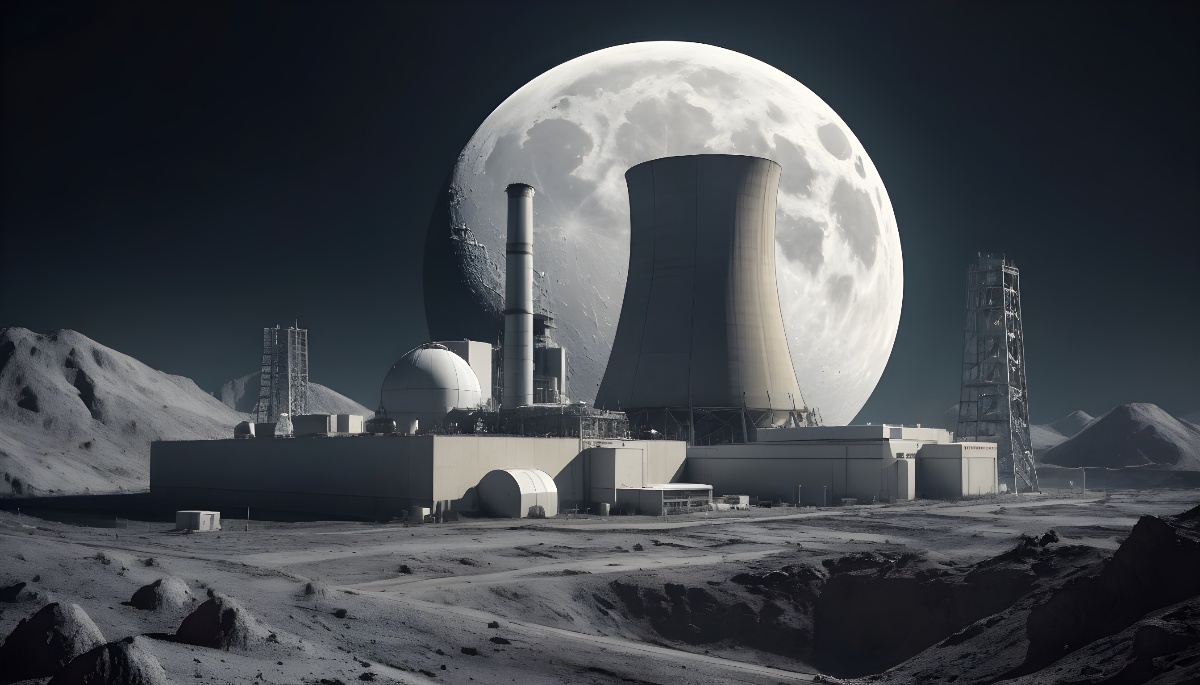Russia and China Set to Build Lunar Nuclear Power Station by 2035
Russia and China have officially agreed to collaborate on constructing an automated nuclear power station on the Moon, with the goal of completing the project by 2035. The agreement, signed earlier this month by Russia’s Roscosmos and the China National Space Administration (CNSA), marks a major milestone in the two nations’ shared lunar exploration agenda.
A Core Element of the International Lunar Research Station (ILRS)
The planned nuclear power facility will be a central component of the International Lunar Research Station (ILRS), a joint initiative first announced in 2017. Designed to support both robotic and future human missions, the ILRS will be based near the Moon’s south pole, within 100 kilometers of the targeted site. Roscosmos stated that the power station will support essential scientific research and test advanced technologies for sustained, unmanned lunar operations.
Global Participation Expands
Beyond Russia and China, the ILRS has garnered support from a growing list of international partners, including Venezuela, Belarus, Azerbaijan, South Africa, Egypt, Nicaragua, Thailand, Serbia, Pakistan, Senegal, and Kazakhstan. The multinational collaboration underscores a strategic shift in space exploration efforts, particularly as Western space programs face budgetary constraints.
READ MORE:
Indian Behind Fake ‘Balochistan Army’ X Account Spreading Anti-Pakistan Propaganda
Nuclear Tugboat in Development
Yuri Borisov, head of Roscosmos, also confirmed the ongoing development of a nuclear-powered cargo spacecraft, nicknamed the “space tugboat.” This advanced system will be capable of transporting heavy payloads between orbits, cleaning space debris, and conducting other complex orbital operations. Most technical issues have been addressed, but thermal regulation for the nuclear reactor remains a significant hurdle.
Strategic Timing Amid U.S. Budget Cuts
This announcement comes at a time when NASA is facing major budgetary pressures. The agency’s proposed 2026 budget includes the cancellation of its Gateway lunar space station, which was originally set for launch in 2027. Additionally, the future of NASA’s over-budget Space Launch System (SLS) is under review following the third Artemis mission, casting doubt on the United States’ ability to compete in the evolving global space race.




